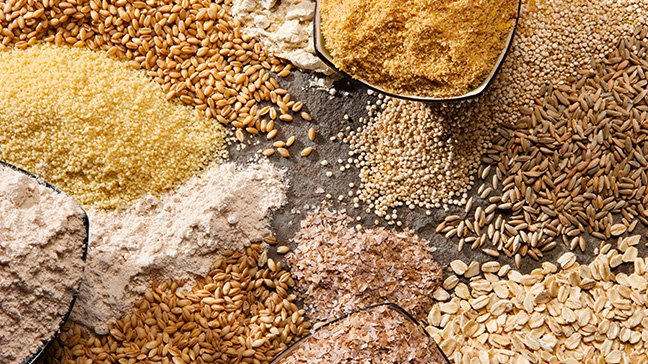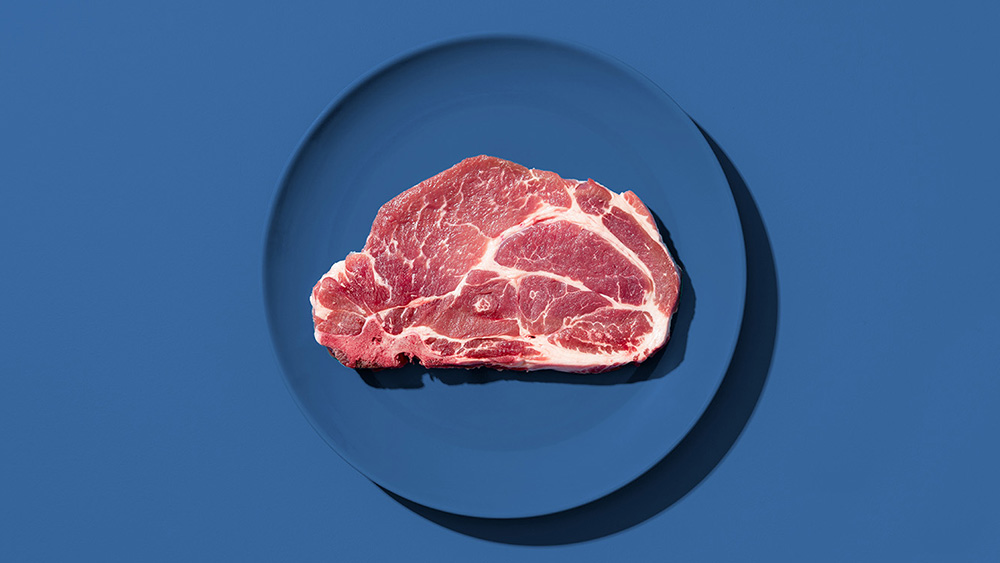- Diseases
- Acoustic Neuroma (14)
- Adrenal Gland Tumor (24)
- Anal Cancer (66)
- Anemia (2)
- Appendix Cancer (16)
- Bile Duct Cancer (28)
- Bladder Cancer (68)
- Brain Metastases (28)
- Brain Tumor (228)
- Breast Cancer (716)
- Breast Implant-Associated Anaplastic Large Cell Lymphoma (2)
- Cancer of Unknown Primary (4)
- Carcinoid Tumor (8)
- Cervical Cancer (154)
- Colon Cancer (164)
- Colorectal Cancer (110)
- Endocrine Tumor (4)
- Esophageal Cancer (42)
- Eye Cancer (36)
- Fallopian Tube Cancer (6)
- Germ Cell Tumor (4)
- Gestational Trophoblastic Disease (2)
- Head and Neck Cancer (6)
- Kidney Cancer (124)
- Leukemia (344)
- Liver Cancer (50)
- Lung Cancer (288)
- Lymphoma (284)
- Mesothelioma (14)
- Metastasis (30)
- Multiple Myeloma (98)
- Myelodysplastic Syndrome (60)
- Myeloproliferative Neoplasm (4)
- Neuroendocrine Tumors (16)
- Oral Cancer (100)
- Ovarian Cancer (170)
- Pancreatic Cancer (166)
- Parathyroid Disease (2)
- Penile Cancer (14)
- Pituitary Tumor (6)
- Prostate Cancer (144)
- Rectal Cancer (58)
- Renal Medullary Carcinoma (6)
- Salivary Gland Cancer (14)
- Sarcoma (236)
- Skin Cancer (294)
- Skull Base Tumors (56)
- Spinal Tumor (12)
- Stomach Cancer (60)
- Testicular Cancer (28)
- Throat Cancer (90)
- Thymoma (6)
- Thyroid Cancer (98)
- Tonsil Cancer (30)
- Uterine Cancer (78)
- Vaginal Cancer (14)
- Vulvar Cancer (18)
- Cancer Topic
- Adolescent and Young Adult Cancer Issues (20)
- Advance Care Planning (10)
- Biostatistics (2)
- Blood Donation (18)
- Bone Health (8)
- COVID-19 (362)
- Cancer Recurrence (120)
- Childhood Cancer Issues (120)
- Clinical Trials (624)
- Complementary Integrative Medicine (24)
- Cytogenetics (2)
- DNA Methylation (4)
- Diagnosis (230)
- Epigenetics (6)
- Fertility (62)
- Follow-up Guidelines (2)
- Health Disparities (14)
- Hereditary Cancer Syndromes (122)
- Immunology (18)
- Li-Fraumeni Syndrome (8)
- Mental Health (118)
- Molecular Diagnostics (8)
- Pain Management (62)
- Palliative Care (8)
- Pathology (10)
- Physical Therapy (18)
- Pregnancy (18)
- Prevention (892)
- Research (390)
- Second Opinion (74)
- Sexuality (16)
- Side Effects (602)
- Sleep Disorders (10)
- Stem Cell Transplantation Cellular Therapy (216)
- Support (404)
- Survivorship (322)
- Symptoms (184)
- Treatment (1770)
How to cook meat and keep your cancer risk low
3 minute read | Published January 19, 2022
Medically Reviewed | Last reviewed by an MD Anderson Cancer Center medical professional on January 19, 2022
Red meat is any meat from a mammal, including beef, pork, mutton, lamb and goat. These meats should only be eaten in small or moderate amounts because they are linked to colorectal cancer, heart disease and diabetes.
How you cook your red meat also matters. Some techniques create carcinogens that further increase your risk for colorectal and other cancers.
When red meat is charred or smoked, for example on a charcoal grill, the burnt crust contains some of the same carcinogens that are in the smoke from cigarettes or in air pollution.
“Processed meats like hot dogs and cold cuts hold perhaps some of the highest cancer risks, but how you cook unprocessed red meat is also important. The fatty juices that drip into the pan and create that sear and crust on the outside is where the carcinogens form,” says Carrie Daniel-MacDougall Ph.D., associate professor of Epidemiology. “Also, if meat is smoked, and the fatty juices drip and the smoke encases the meat, that will form carcinogens.”
Cooking meat at high temperature creates carcinogens
The two types of carcinogens are heterocyclic amines – related to pan-searing – and polycyclic aromatic hydrocarbons, which come from smoke. Grilling or barbequing will create both these carcinogens.
“Your body does have a way to remove these toxins, but there is perhaps a threshold where you’re not able to,” says Daniel-MacDougall. “We often see cancers of the colon, rectum, pancreas, kidney and bladder linked to red meat cooked at high temperatures.”
All those organs are connected to your body’s waste removal system, so they come into direct contact with the carcinogens as they pass through your body.
“If you’re not able to process the compounds and get rid of them through waste, you’ve got to think, where is it going? There are also associations between these toxins and breast cancer.” says Daniel-MacDougall.
Cook meat in the oven to minimize toxins
If you’re a fan of red meat, though, you can still have 18 ounces of red meat per week. Each serving should be around 3 ounces, which is about the size of a deck of cards.
Even if you like your meat heavily seared or grilled, you can cut back on the toxins by finishing the cooking in an oven or microwave. Marinating the meat will also help.
“I can’t tell people, especially Texans like my family, to never eat barbeque again,” says Daniel-MacDougall. “But if you like your meat very crispy and well done, eat it no more than a few times per month, and be sure to eat it with a lot of good veggies and fiber.”
A plant-based diet is best for cancer prevention
The best diet for cancer prevention is a plant-based diet, which means filling two-thirds of your plate with whole grains, vegetables, fruits, beans, nuts and seeds. The remaining one-third can be lean protein like chicken, fish or plant-protein. Your 18 ounces of red meat per week would fit in here. Limit processed meat and alcohol.
A plant-based diet also reduces your risk for heart disease and many other health problems like digestive issues, high body weight, high blood pressure, high cholesterol and high blood sugar.
“With a healthy diet, you get a lot of bang for your buck in terms of reducing your risk of major diseases and having a better quality of life,” says Daniel-MacDougall.
Request an appointment at MD Anderson online or by calling 1-844-759-1968.

If you’re not able to process the compounds and get rid of them through waste, you’ve got to think, where is it going?
Carrie Daniel-MacDougall, Ph.D.
Researcher






